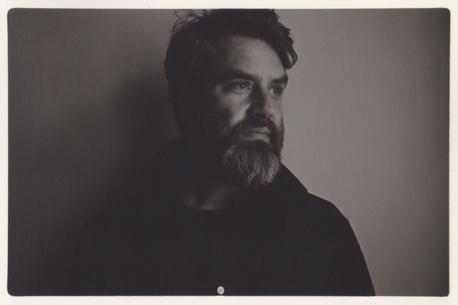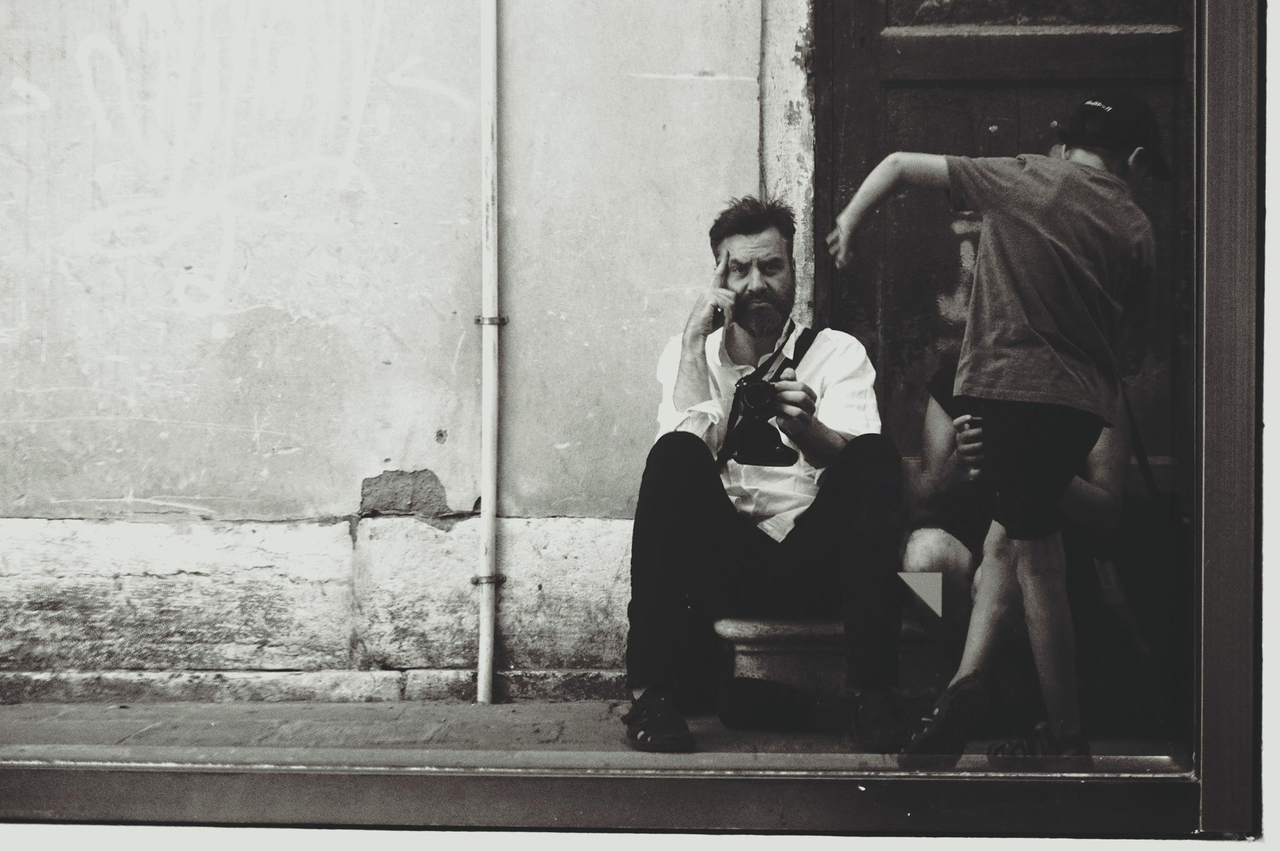
Photo credits: Anton Lukoszevieze
During the early 2000’s, Eldritch Priest lived in Toronto focusing on performance and composition. While there, he formed the
Neither/Nor ensemble (borrowed from
Morton Feldman’s essay of the same name) with fellow musician
John Mark Sherlock. They staged a series of “festivettes” between 2001 and 2011 including “inconsequence” (2003), “obscurity” (2005) and “failure” (2007) mainly showcased “for …composer-performers whose experimental sensibilities were guided”, by what Priest and company called, “the right to be esoteric” (also a concept from Feldman).
He expands on Neither/Nor’s philosophy, “…for us this ‘right to be esoteric’ is expressive of a playful indifference, or maybe even mild irreverence, towards the demand that art’s possibilities be readily available to the maker, or the receiver for that matter… In effect,” Priest continues, “we were trying to support and cultivate a certain aesthetic disposition in a musical scene that could accommodate being misunderstood, or more radically, not even liked.”
Failure as a contemporary art aesthetic began gaining cultural prominence while Priest worked towards his doctorate. He goes on to say, “[I] watched failure develop in the arts into a ‘cutting-edge’ concept, while at the same time [it was becoming] codified by the self-help industry and business world as a model for improvement and success."
But to Priest, the art world’s use of failure is too structurally relative to cultural norms, where it flourished not as a condition of being but, instead, embedded in a set of prescribed normative principles or a “critical gesture or a form of success in disguise. In his view, “failure could be just what it is” and, as he says, “[it was a] suspicion of its celebratory uptake that ultimately led me to interrogate its form and function.”
His concept of failure “…is predicated on the assumption that failure, if it’s going to be compelling, can’t be so easily determined”. To meet Priest’s criteria, it requires temporization. It cannot stand still both in how it’s presented and communicated. If it does, it runs the risk of viewer awareness exciting the boring, giving structure to the formless and making order out of nonsense. He expands on failure by saying:
“In
Boring Formless Nonsense, I try to say that failure is extremely uninteresting and not all compelling if it’s just a taken as a judgment made against norms. This is how I suggest
Kim Cascone’s idea of
“glitch music” works, and it’s basically how I continue to see it being invoked in arts. It’s also how I see failure being mobilized by someone like
Jack Halberstam, whose book,
the Queer Art of Failure, treats failure as a critical resource… Failure that’s grasped with respect to norms assumes that the latter is certain of its terms of success and effects. But this assumes too much. Power structures and normative forms are, as I write, not so clearly defined that a well-aimed failure can bring it to its knees. To be articulated in a way that doesn’t just leave normative structures in place, I suggest that failure requires temporization, which makes it difficult to appropriate to any normative regime, be it an aesthetic, social or political. Conceived in this way failure isn’t a matter of function but a measure of relation. Failure, in other words, doesn’t refer to whether something behaves or exists in the way it’s expected to or not, so much as it expresses how one relates to ideas or practices, and how this relation continually modulates its measure of satisfaction”.
But how do traditional mediums and composition keep failure fresh? To understand Priest’s ideas, one can look to BFN’s many, what he calls, “performative” structures. For example, in Formless, Priest turns traditional essay style text sideways by injecting key ideas into the footnotes. The reader is forced to pivot back and forth between text, to the bottom of the page and back again (repeat) creating a sense of distraction. This works up to a point. Eventually, the reader becomes familiar with Priest’s unorthodox structure. The narration becomes predictable, the reader adjusts to the form and is no longer distracted. Within this lies a key point to Priest’s argument: Formlessness needs constant change to sustain failure. He further expands on his approach to writing and BFN’s structure:
“In the book I move from a very standard kind of scholarship (boring), to a fragmented and polyvocal way of interrogating my subject (formless), to a hyper-reflexive procedure that raises paradox to the level of method and fiction to the status of fact (nonsense). The actual final chapter takes all this and goes over the edge. It’s a long poem that I made by using an online service to generate one-hundred paragraphs of Esperanto text that I then machine-translated into English. Only about 60 percent of the text was translatable by the translation programme, so I finished the translation by trying to complete the “thought” suggested by the surrounding English text, or by forming an English word or phrase from the spoken sounds of the Esperanto words. I suppose in this way, the theory I do in BFN can be considered 'performative'”.
To illustrate, Priest references
experimental film maker Ryan Trecartin whose work exemplifies his thinking of “failure as an ongoing event.” He further explains, “…his works strike me as absolutely pointless, and what makes them fail (in my sense) is one… their depiction of life as an exercise of pure expenditure… and two, their formal tenuousness that keeps the work from collapsing into any kind of coherent narrative or becoming a purely sensuous mess.”



